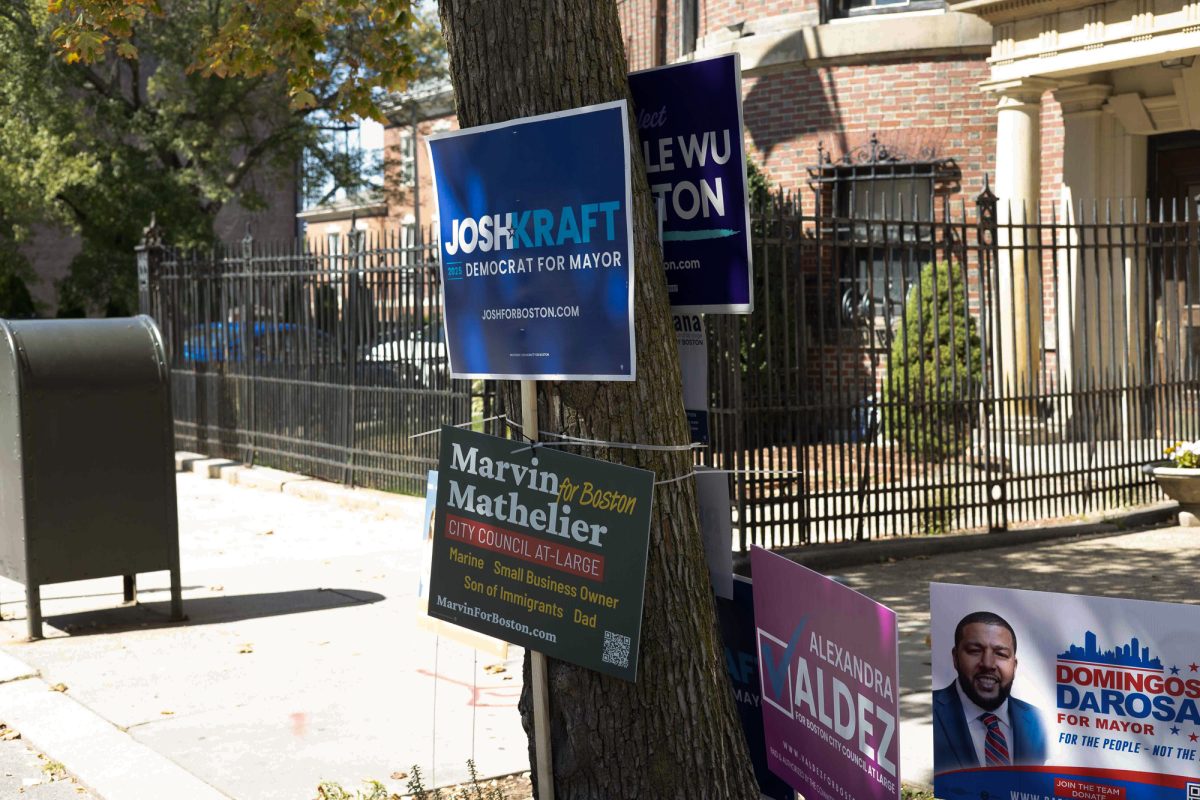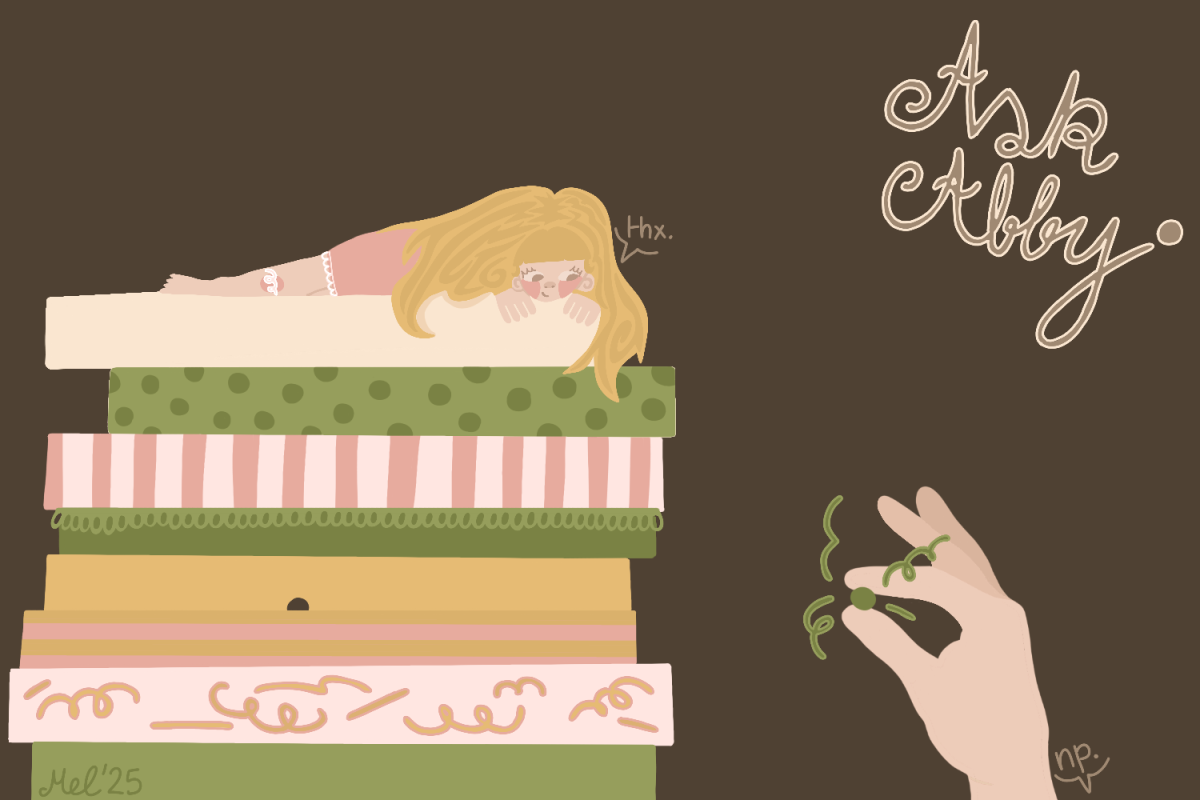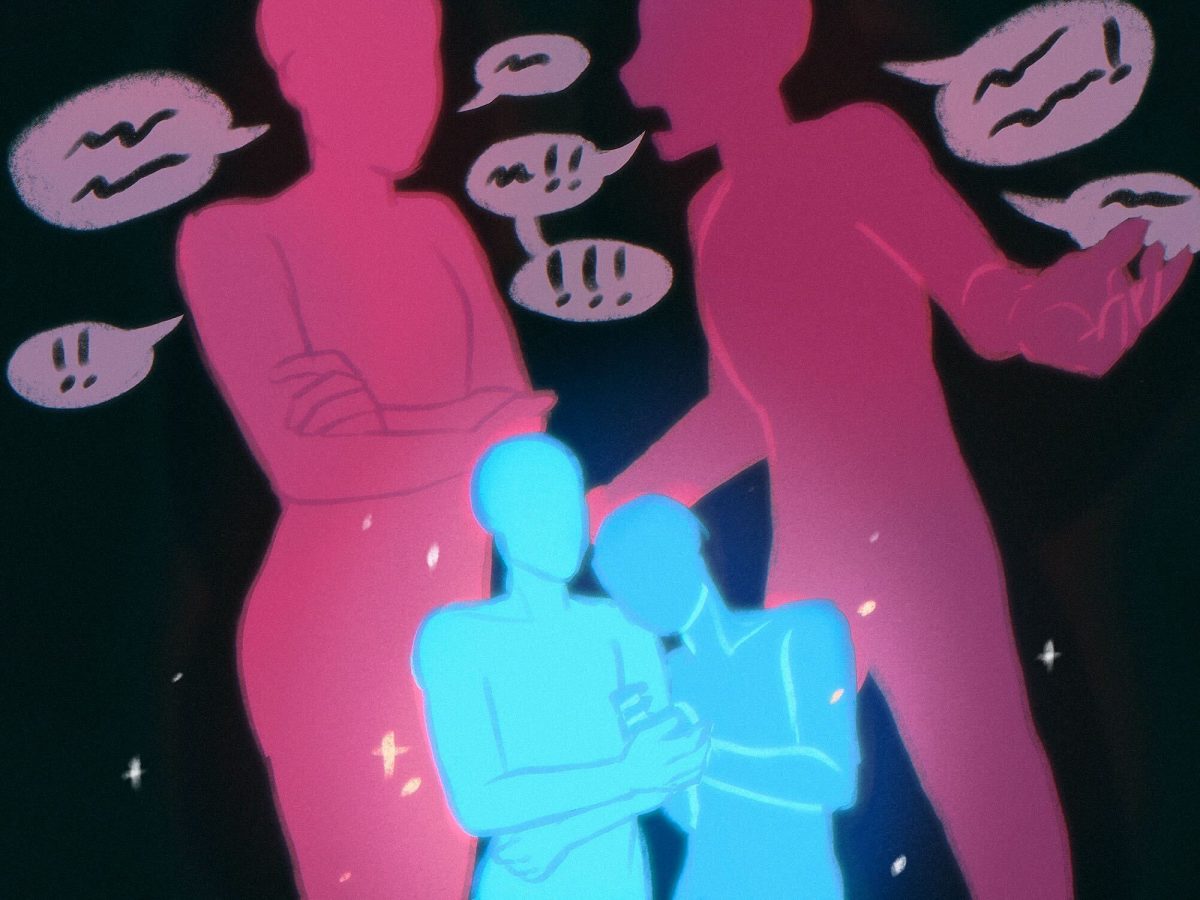It is difficult to wrap our minds around the fact that we’ve lived with the pandemic for nearly a year now — it was only last March when the first shelter-in-place mandates were enacted.
As COVID-19 vaccines from Moderna and Pfizer-BioNTech continue to roll out, the country now looks to a foreseeable future of semi-normalcy. For many people, this is a massive sigh of relief.

However, the idea of re-entering regular life is a lot more complicated than it may seem.
For a lot of us, 2020 is a year we will never forget. It was packed with major, world-shifting events — most of which were unexpected and disastrous.
Everything that we previously took for granted and considered normal suddenly became unfamiliar. From the world around us to the details of our daily lives, much of what we have always known looks completely different now. Life flipped upside down, and it took us all with it.
The quarantine lifestyle has not just altered how we viewed the world this past year, but also had a deeper, more permanent impact on our relationships, our surroundings and ourselves.
Although we have all been eagerly anticipating a return to standard society, we have slowly adapted to the conditions of a pandemic. Everything from the way we work, learn and even love has been powerfully transformed.
It is not unusual to feel mixed emotions about kick-starting society back up again and trying to function as we did in 2019. After all, we are not the same people anymore.

In a lot of ways, we have unlearned our old habits while mastering new ones to accommodate for the pandemic. The “work hard, play hard” mentality attached to in-person interactions in the workplace, paired with the never-ending hustle and bustle that defined old life, are not as prevalent today as we spend more time at home.
We have started to understand how to be okay with stillness, lean on loved ones when we need to and accept that our time cannot be spent as freely as it used to be.
For example, many of us may be used to packing our days with tight schedules, whether it be meeting with different friends after a long work day or making time for the activities that are most important to us.
When the world around us suddenly slows, and we can no longer engage with life in those ways we used to, it can feel like a part of our identity has vanished because of this absence of activities.
This has forced us to adjust to a limited version of life, one that makes each day unfold into the next in a blurred time loop.
Naturally, the era of COVID-19 has induced all kinds of challenges on people, from financial instability to a decline in mental wellness. Because of this collective experience of hardship and loss, opening up about how we feel is more normalized and celebrated.
So, what happens when everyone is suddenly expected to jump back into a fast-paced, competitive and success-driven climate that the pandemic replaced?
The idea of reengaging with the old status quo can be daunting and anxiety-inducing. After a year of virtual work meetings, classes and events, it is normal for socializing face-to-face to feel a little nerve-racking.
“We now have the task of changing our perspective from a short-term ‘trying to flatten the curve’ mentality to a long-term ‘new normal coping with a world pandemic’ mentality,” Karen Cassiday, managing director of The Anxiety Treatment Center of Greater Chicago said in a BBC article.
A lot of us are now accustomed to spending more time alone with ourselves — time we have to truly self-reflect and contemplate our choices. Now, the idea of even seeing a friend can feel like a large event or chore that requires a significant output of energy.
Whatever we each may feel, it is important to maintain and exercise empathy and patience. The world might start to return to normal, but we have changed for good.


















































































































